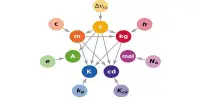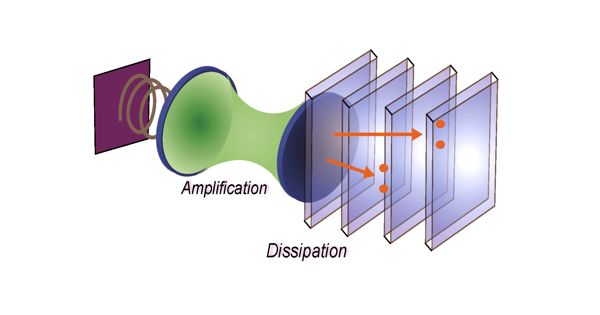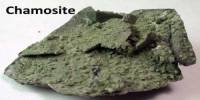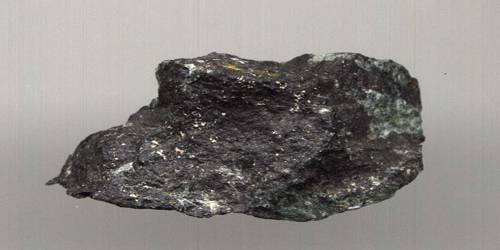Researchers have created highly nonclassical light using a modular waveguide-based light source for the first time. The achievement is a significant step forward in the development of faster and more practical optical quantum computers.
“Our goal is to dramatically improve information processing by developing faster quantum computers that can perform any type of computation without errors,” said research team member Kan Takase from the University of Tokyo.
“Although there are several ways to create a quantum computer, light-based approaches are promising because the information processor can operate at room temperature and the computing scale can be easily expanded.”
A multi-institutional team of Japanese researchers describes the waveguide optical parametric amplifier (OPA) module they developed for quantum experiments in the Optica Publishing Group journal Optics Express.
They were able to create the Schrödinger cat, which is a superposition of coherent states, by combining this gadget with a specifically built photon detector.
“Our method for generating quantum light can be used to increase the computing power of quantum computers and to make the information processer more compact,” said Takase. “Our approach outperforms conventional methods, and the modular waveguide OPA is easy to operate and integrate into quantum computers.”
Our goal is to dramatically improve information processing by developing faster quantum computers that can perform any type of computation without errors. Although there are several ways to create a quantum computer, light-based approaches are promising because the information processor can operate at room temperature and the computing scale can be easily expanded.
Kan Takase
Generating strongly nonclassical light
The multiple quantum states required for quantum computing are generated using continuous wave compressed light. The compressed light source must have very low light loss and be wideband, meaning it can cover a wide range of frequencies, for the best computation performance.
“We want to increase the clock frequency of optical quantum computers, which can, in principle, achieve Terahertz frequencies,” said Takase. “Higher clock frequencies enable faster execution of computational tasks and allow the delay lines in the optical circuits to be shortened. This makes optical quantum computers more compact while also making it easier to develop and stabilize the overall system.”
OPAs squeeze light using nonlinear optical crystals, however traditional OPAs don’t produce quantum light with the qualities needed for faster quantum computing.
To address this issue, researchers from the University of Tokyo and NTT Corporation created an OPA based on a waveguide-type device that confines light to a small crystal for high efficiency.
They were able to develop an OPA device with considerably lower propagation loss than typical devices by carefully designing the waveguide and fabricating it with precision processing. It can also be modularized for usage in various quantum technology studies. Creating the ideal detector
The OPA device was created to squeeze light at telecommunications wavelengths, which is a wavelength area with low losses. Researchers needed a high-performance photon detector that functioned at telecom wavelengths to complete the system.
Standard photon detectors made of semiconductors, on the other hand, fall short of the performance criteria for this application.
As a result, researchers from the University of Tokyo and the National Institute of Information and Communications Technology (NICT) developed a quantum optics detector. The novel superconducting nanostrip photon detector (SNSPD) detects photons using superconductivity technology.
“We combined our new waveguide OPA with this photon detector to generate a highly non-classical or quantum state of light called Schrödinger cat,” said Takase.
“Generating this state, which is difficult with conventional, low-efficiency waveguide OPAs, confirms the high performance of our waveguide OPA and opens the possibility of using this device for a wide range of quantum experiments.”
To get closer to their aim of ultrafast optical quantum computing, the researchers are now investigating ways to combine high-speed measurement techniques with the novel waveguide OPA.
















